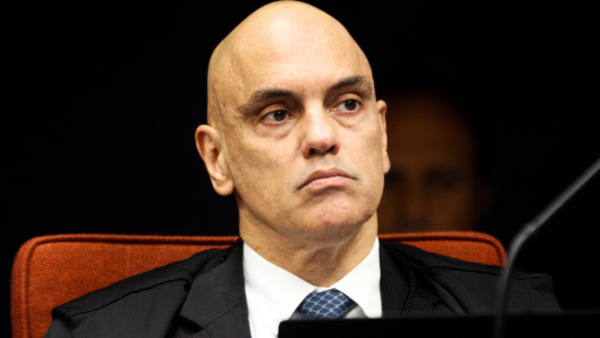The Central Bank’s monthly economic activity indicator (IBC-Br) expanded 0.82 percent month-on-month in December, slightly above market consensus. Figures for October and November were also revised upwards, bringing the quarterly result to December to 0.22 percent higher than the previous three-month period. The index, considered a reliable bellwether for the economy, points to a rebound in the final stretch of 2023 after a slowdown at the start of the second half of last year.
That’s not necessarily good news. When monitoring the IBC-Br, economists and analysts are trying to take the pulse of the economy. So far, with an increase of 2.45 percent last year, what the index shows is an activity that is still heated and accompanied by unanchored inflation in the long term — in market jargon, “unanchored” means a horizon of doubt surrounding the behavior of prices in the country over the next 12 to 18 months. It is a warning sign for the monetary authority, which, according to the latest minutes of the Central Bank’s Monetary Policy Committee (Copom), was already expecting this kind of economic uptick in the final months of 2023.
At the beginning of January, analysts surveyed by the Central Bank’s Focus report kept their forecast for 2023 GDP at 2.92 percent — this was the last round of projections looking at the previous year.
In November, the Finance Ministry revised its forecast from 3.2 percent to 3 percent, the same as the Central Bank. Both the government and analysts are more optimistic than international institutions such as the World Bank, which expects Brazil’s GDP to have grown 2.6 percent in 2023.
For Goldman Sachs’ lead economist for Latin America, Alberto Ramos, Brazil’s activity in 2024 should continue “to benefit from significant fiscal stimuli (federal fiscal transfers to low-income families with a high propensity to consume), the turnaround in the economic cycle credit and solid growth in real household disposable income,” despite still restrictive domestic monetary conditions, high levels of household debt, and low levels of available margin in the economy. The investment bank points to a carry-over effect of 0.58 percent in the first quarter of 2024.


 Search
Search






































